Are onions keto-friendly? If you’re following the ketogenic diet, it’s crucial to understand the carb content of different foods. While undeniably delicious, onions contain carbohydrates, which can impact your keto goals. In this article, we’ll explore the carb counts of various types of onions, such as yellow, red onions, white, and green onions, helping you make informed choices while enjoying the flavors onions bring to your low-carb meals.
In This Post You’ll Learn:
Are Onions Keto Friendly? How Many Carbs Are in Onions?
Used in moderation and prepared correctly they can be keto friendly and a tasty addition to a keto diet. Let’s break down the health benefits and carb content of different types of onions:
- Yellow Onions: Approximately 9 grams of net carbs per 100 grams.
- Red Onions: Slightly lower than yellow onions, red or purple onions are around 10 total carbs (per 100g) and 7 grams of net carbs per 100 grams.
- Green Onions (Scallions): Green onions are the lowest carb onion, containing about 3.6 grams of net carbs per 100 grams.
Here’s an updated chart that includes cup and ounce weights in addition to the previously mentioned information:
| Onion Type | Weight (g) | Weight (oz) | Weight (cups) | Total Carbs (g) | Net Carbs (g) | Calories |
|---|---|---|---|---|---|---|
| Red Onion | 110 | 3.9 | 1 | 11 | 8 | 44 |
| Yellow Onion | 110 | 3.9 | 1 | 12 | 9 | 44 |
| White Onion | 110 | 3.9 | 1 | 12 | 9 | 44 |
| Green Onion | 25 | 0.9 | 0.25 | 1 | 0.5 | 4 |
| Shallots | 20 | 0.7 | 0.1 | 5 | 3 | 20 |
| Garlic (1 clove) | 3 | 0.1 | 0.003 | 1 | 0.5 | 4 |
The cup and ounce weights are approximate conversions, and it’s essential to note that the actual size of onions and shallots can vary, which may impact the measurements.
The chart provides a general reference to help you estimate the net carbs in onions and portion sizes while considering your keto diet. Convert cup or tablespoon recipe portions with our conversion tables for ounces in a cup or tablespoons in a cup.
Benefits of Onions
Onions are a versatile vegetable commonly used in various cuisines around the world. They are low in calories and fat while providing a range of nutrients and health benefits. Here’s a general overview of the nutrient profile of onions per 100 grams of raw onion:
- Calories: Approximately 40 kcal
- Carbohydrates: Around 9.3 grams
- Dietary Fiber: Roughly 1.7 grams
- Sugars: About 4.2 grams
- Protein: Roughly 1.1 grams
- Fat: Negligible amount
- Vitamins and Minerals:
- Vitamin C: Approximately 7.4 milligrams (12% of the daily recommended intake)
- Vitamin B6 (Pyridoxine): Around 0.12 milligrams (10% of the daily recommended intake)
- Folate (Vitamin B9): Roughly 19 micrograms (5% of the daily recommended intake)
- Potassium: Approximately 146 milligrams
- Phosphorus: About 29 milligrams
- Magnesium: Around 10 milligrams
- Calcium: Roughly 23 milligrams
- Iron: Approximately 0.2 milligrams
Onions also contain trace amounts of other vitamins, minerals, and antioxidants that contribute to their potential health benefits, such as quercetin, a flavonoid with antioxidant properties. The nutrient content can vary slightly based on factors like onion variety, growing conditions, and how they are prepared and cooked.
It’s important to note that while onions do provide some nutrients, they are often used in relatively small quantities in dishes, so they might not be a significant source of any specific nutrient in a typical diet. However, they can add flavor, texture, and potential health benefits to a variety of dishes.

Ways To Prepare Onions
Onions are a versatile and flavorful keto food ingredient that can be prepared in various ways to enhance the taste of many dishes. Here are three popular methods to prepare onions:
- Sauteed Onions: Sauteed sweet onions are a classic base for many dishes. They add sweetness and depth to your meals. Here’s how to prepare them:
- Heat a pan over medium heat and add a tablespoon of cooking oil (e.g., olive oil or butter).
- Slice the onions thinly or dice them, depending on your preference.
- Add the sliced/diced onions to the pan and cook them, stirring occasionally, until they become translucent and start to caramelize, about 10-15 minutes.
- You can add a pinch of salt and pepper for seasoning and optionally some herbs or spices for extra flavor.
- Caramelized Onions: Caramelized onions take sauteed onions to the next level. They’re sweeter and have a richer flavor, making them a fantastic topping for burgers, steaks, sandwiches, and more. Learn how to caramelise onions.
- Heat a pan over medium-low heat and add a tablespoon of butter or a combination of butter and oil.
- Slice the onions thinly.
- Add the sliced onions to the pan and cook them slowly, stirring occasionally, for about 30-45 minutes until they turn a deep, golden brown color. The slow cooking process allows the natural sugars in the onions to caramelize, enhancing the sweetness.
- Season with a pinch of salt and enjoy!
- Roasted Onions: Roasting onions brings out their natural sweetness and creates a delicious side dish that pairs well with various main courses.
- Preheat your oven to 400°F (200°C).
- Peel the onions and cut them into wedges or thick slices.
- Toss the onion pieces with a tablespoon of olive oil, salt, pepper, and any herbs or spices you like (rosemary, thyme, garlic powder, etc.).
- Spread the seasoned onion pieces on a baking sheet in a single layer.
- Roast the onions in the preheated oven for 25-35 minutes, stirring once or twice during cooking, until they become tender and slightly caramelized around the edges.
- Serve the roasted onions as a tasty side dish or add them to salads.
These three methods showcase the wonderful versatility of onions and how they can be used to enhance the flavor of your favorite dishes. Experiment with these techniques to find the perfect way to incorporate onions into your meals!
Basic Rules of Vegetables on a Keto Diet
When it comes to vegetables on a keto diet, not all are created equal. The key is to choose low-carb, non-starchy options that won’t disrupt your body’s ketosis process. Here are some basic rules to keep in mind:
- Choose Non-Starchy Vegetables: Opt for vegetables that are low in carbs and high in fiber. Leafy greens like spinach, kale, and lettuce, along with cruciferous veggies like broccoli and cauliflower (check out our cauliflower recipes), are excellent choices.
- Be Mindful of Carb Counts: Pay attention to the carbohydrate content of vegetables. Aim for those that have around 5 grams of net carbs or fewer per serving.
- Moderate Use of Higher Carb Vegetables: Some higher carb vegetables, like onions, can still be enjoyed in moderation. Just be mindful of your portions.
Are onions keto friendly? Yes, they are. Incorporating onions into your keto diet is absolutely possible, as long as you stay mindful of their carb content and balance them with other low-carb veggies. Enjoy the delicious flavors onions bring to your meals while staying on track with your keto goals.
Low Carb Keto Onion Recipes To Try
If you’re a fan of onions and want to incorporate them into your keto meals, there are plenty of delicious options. Here are some sensation keto recipe ideas:
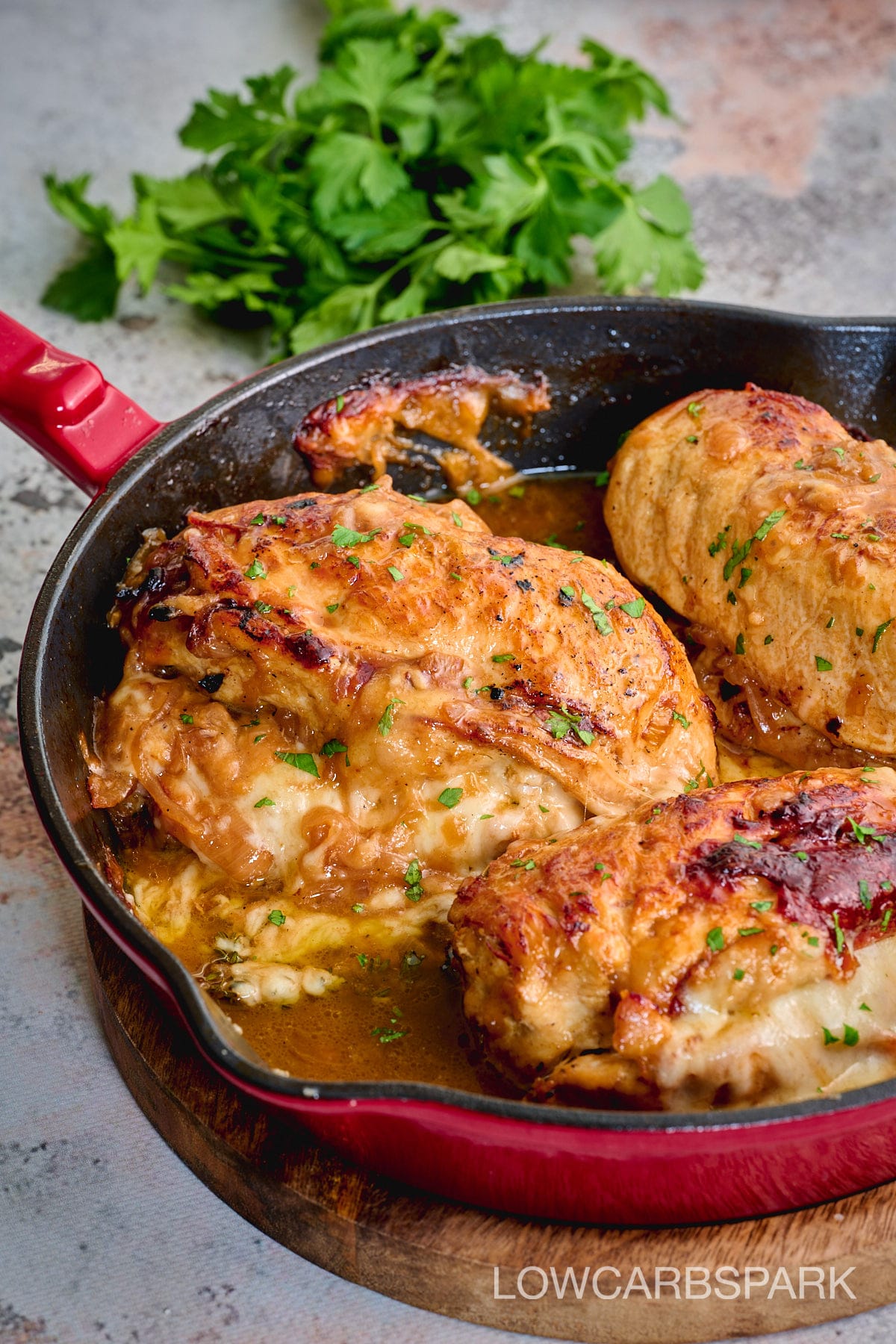
Just think about a juicy and succulent chicken breast stuffed with a flavorful caramelized onion filling and a mixture of your favorite cheese. All this is baked to perfection until crispy and golden brown on the exterior and tender and moist inside.
Check out this recipe
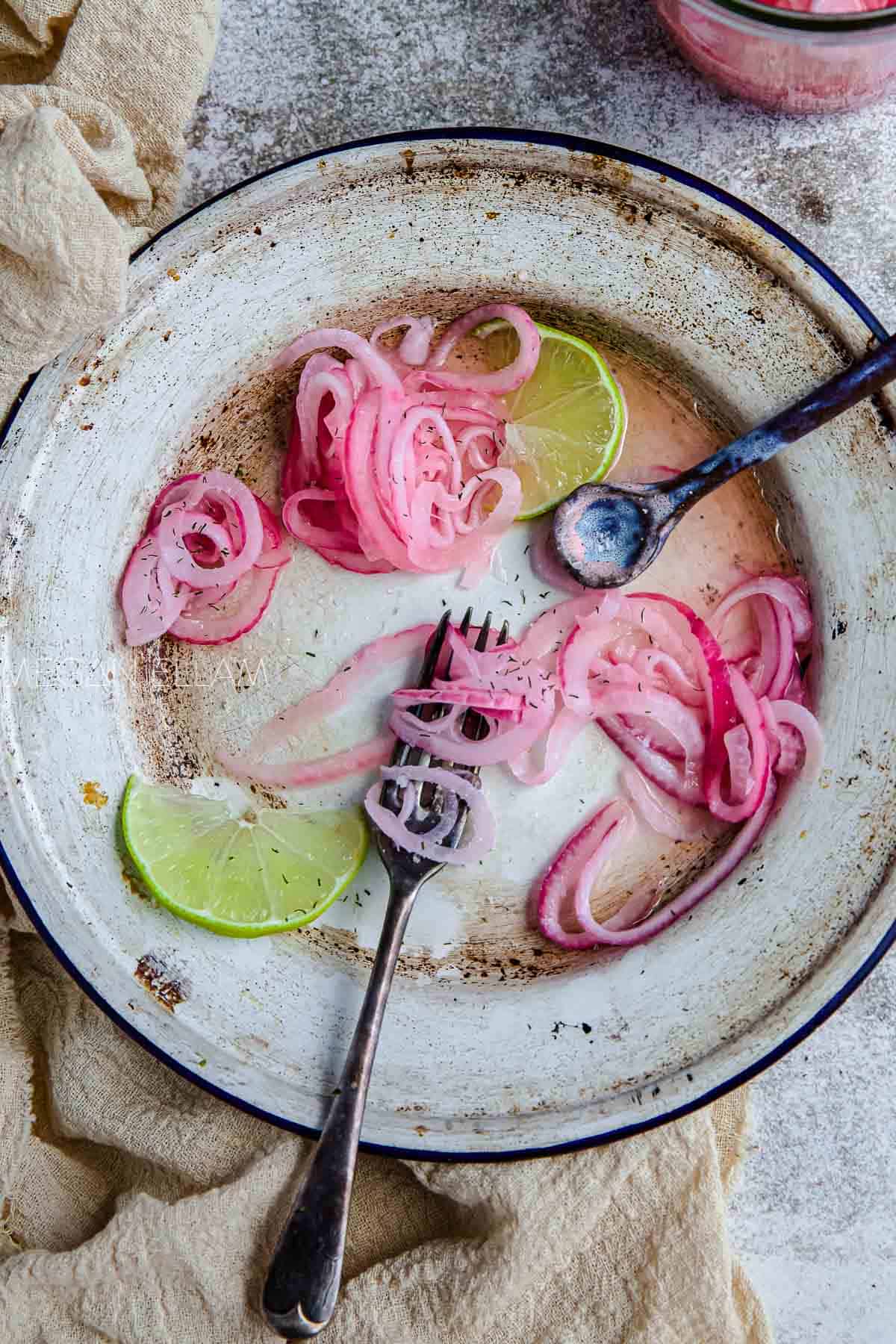
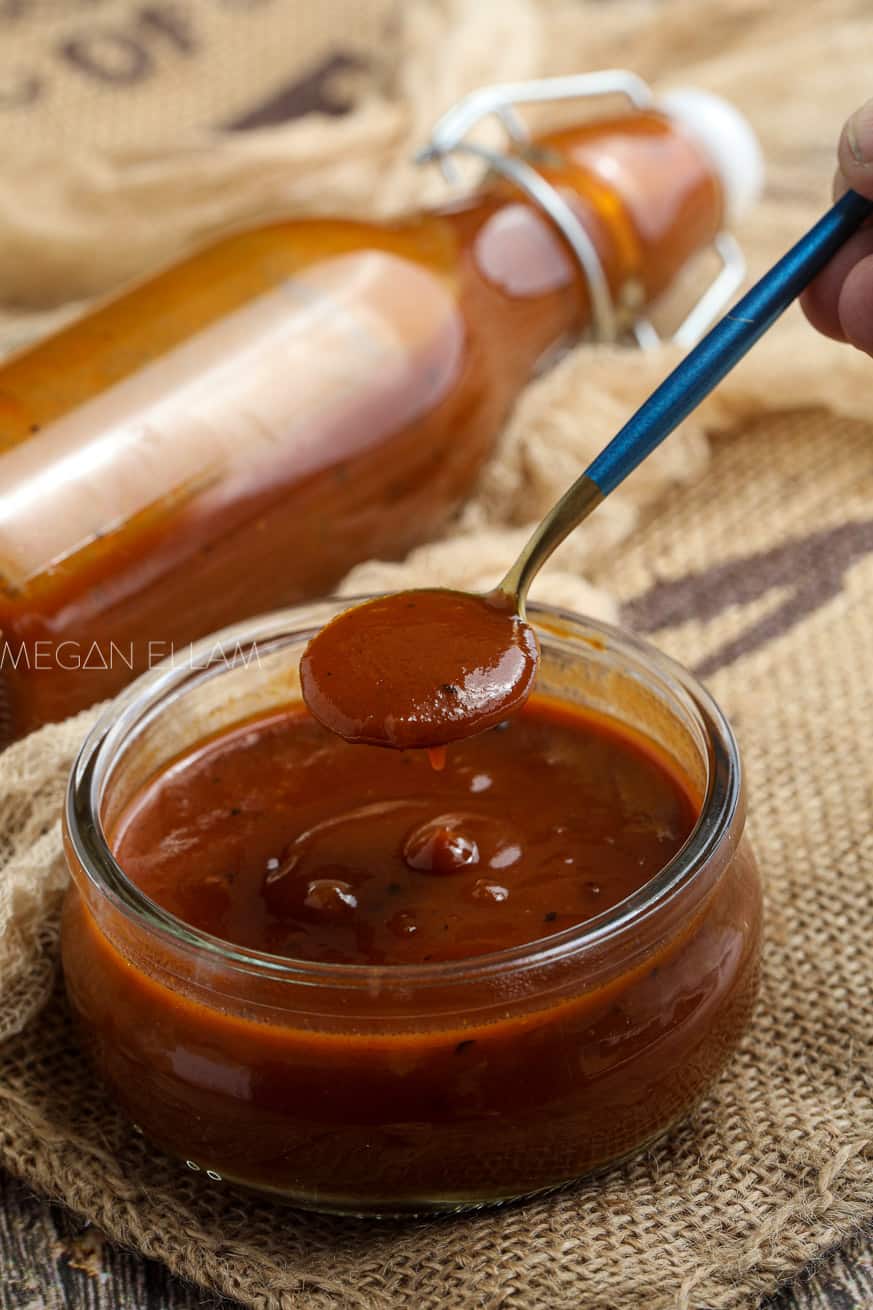
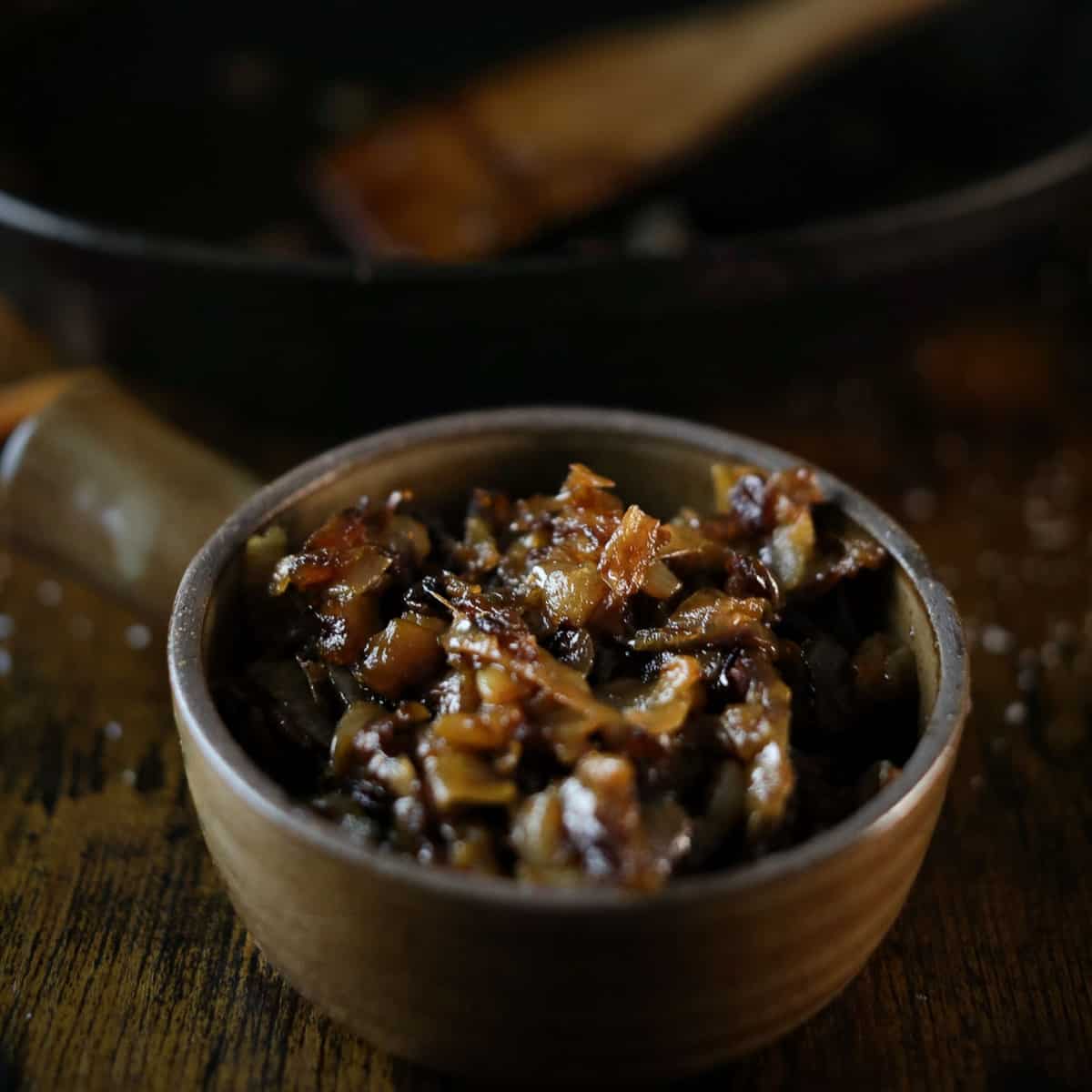
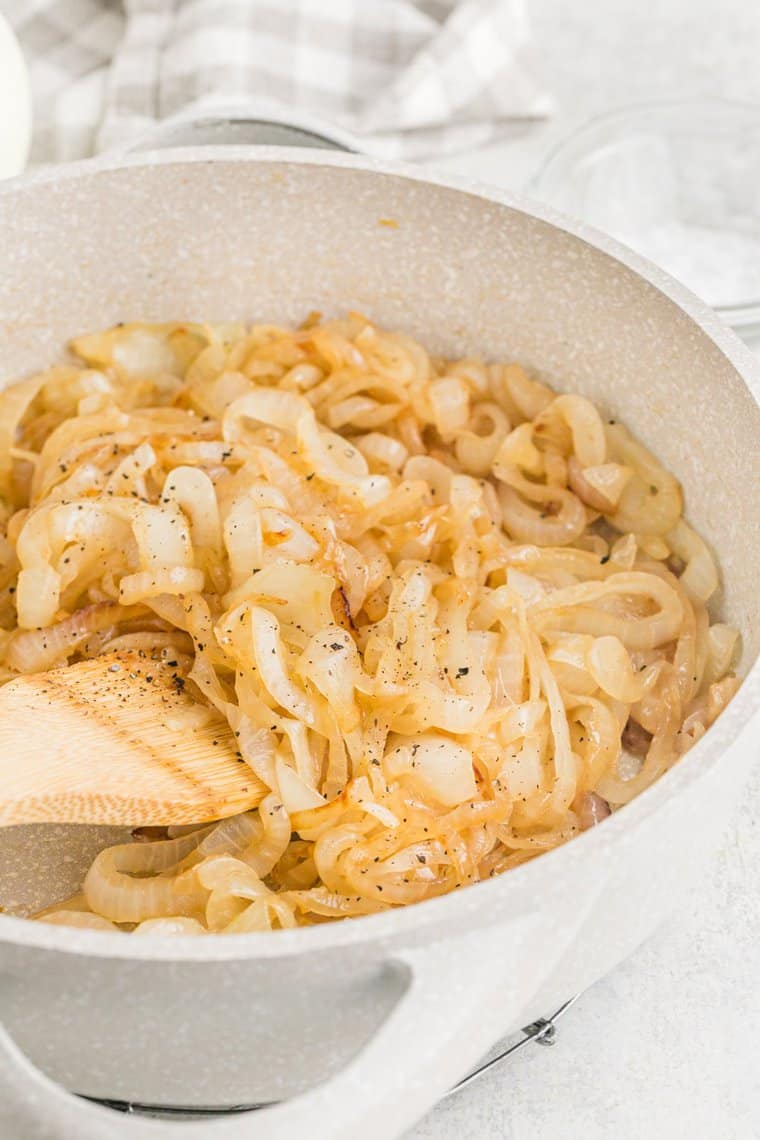
Learn how to sauté onions perfectly in your own kitchen! These tender, slightly-sweet and zesty onions are so easy to make and so incredibly delicious! Try them today!
Check out this recipe
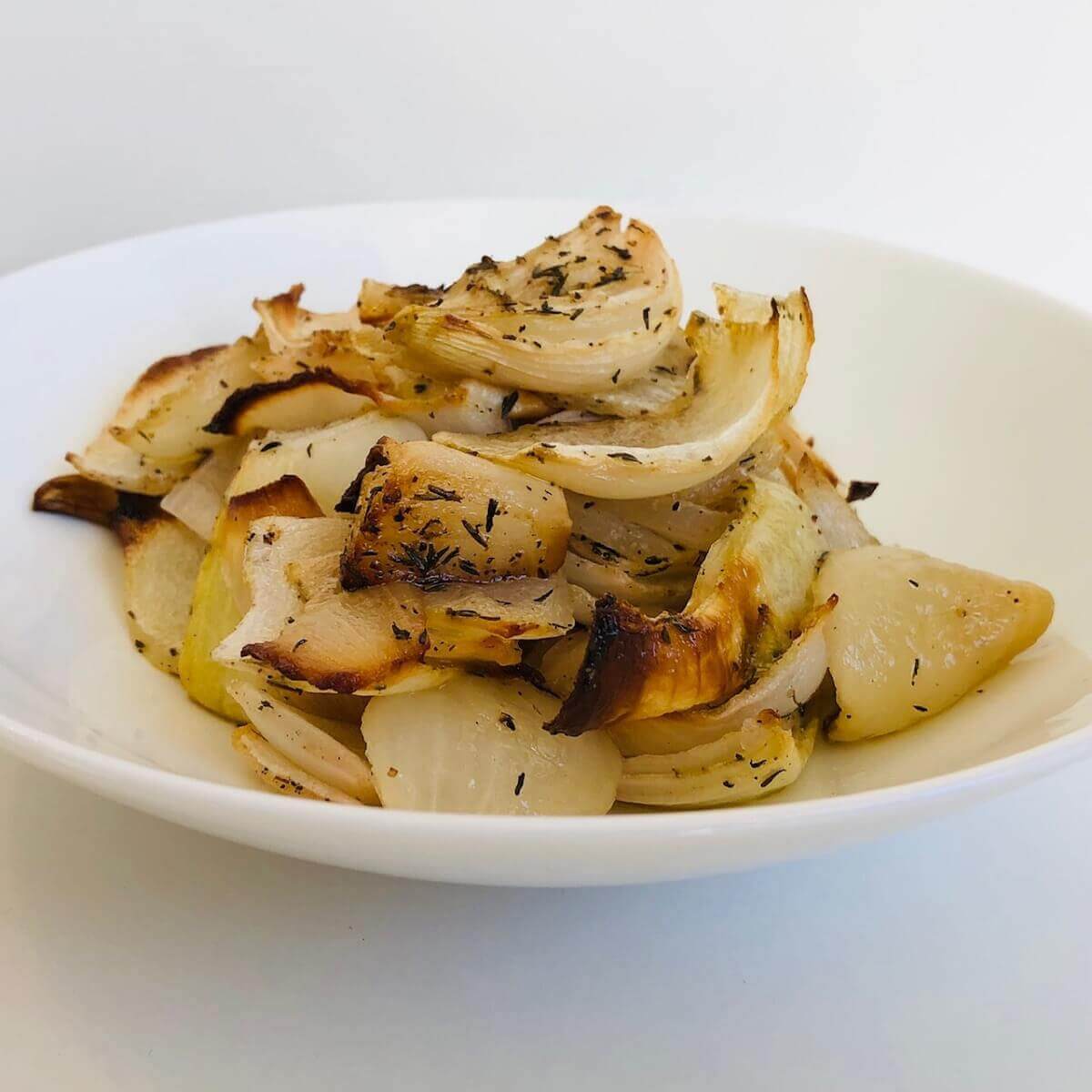
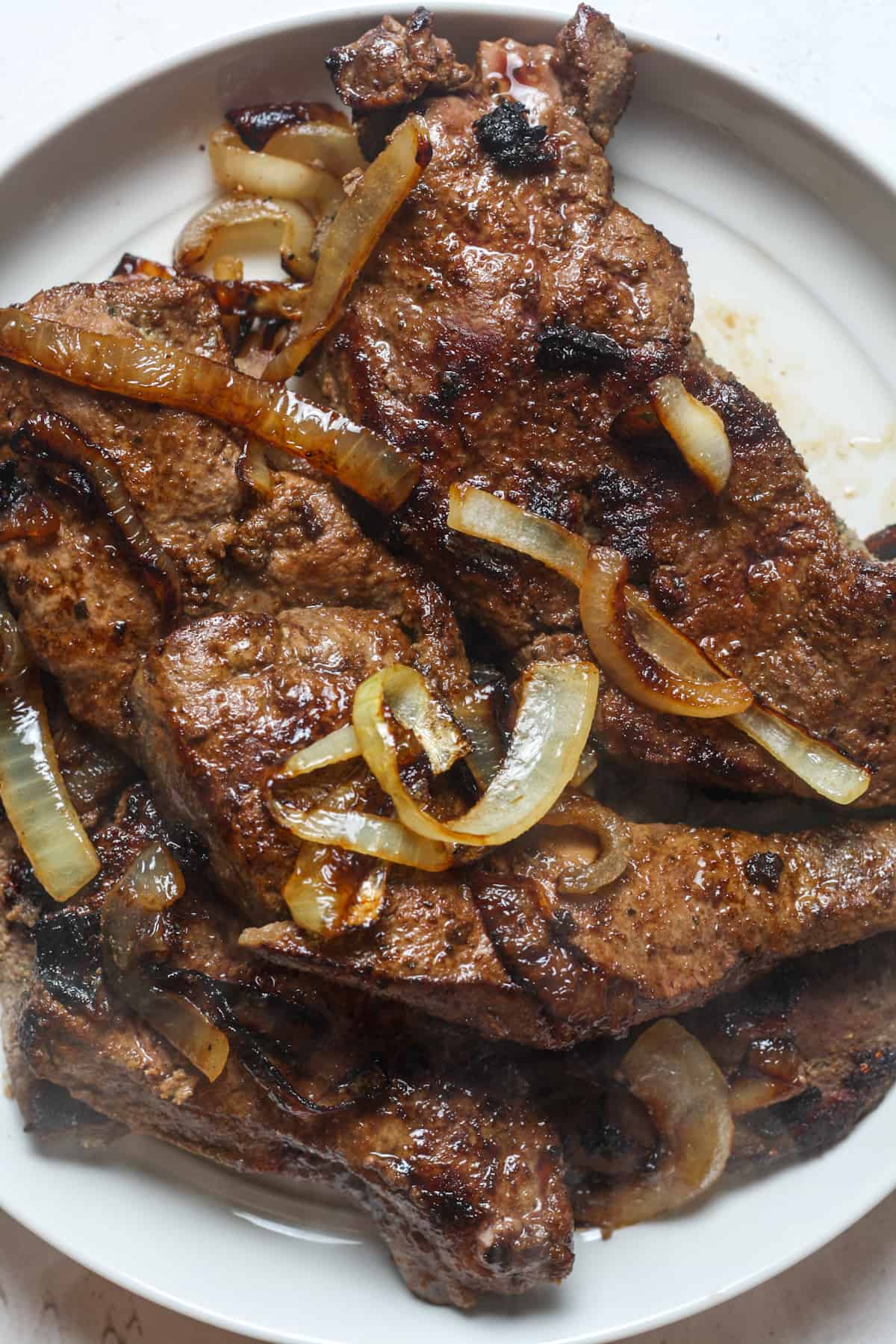
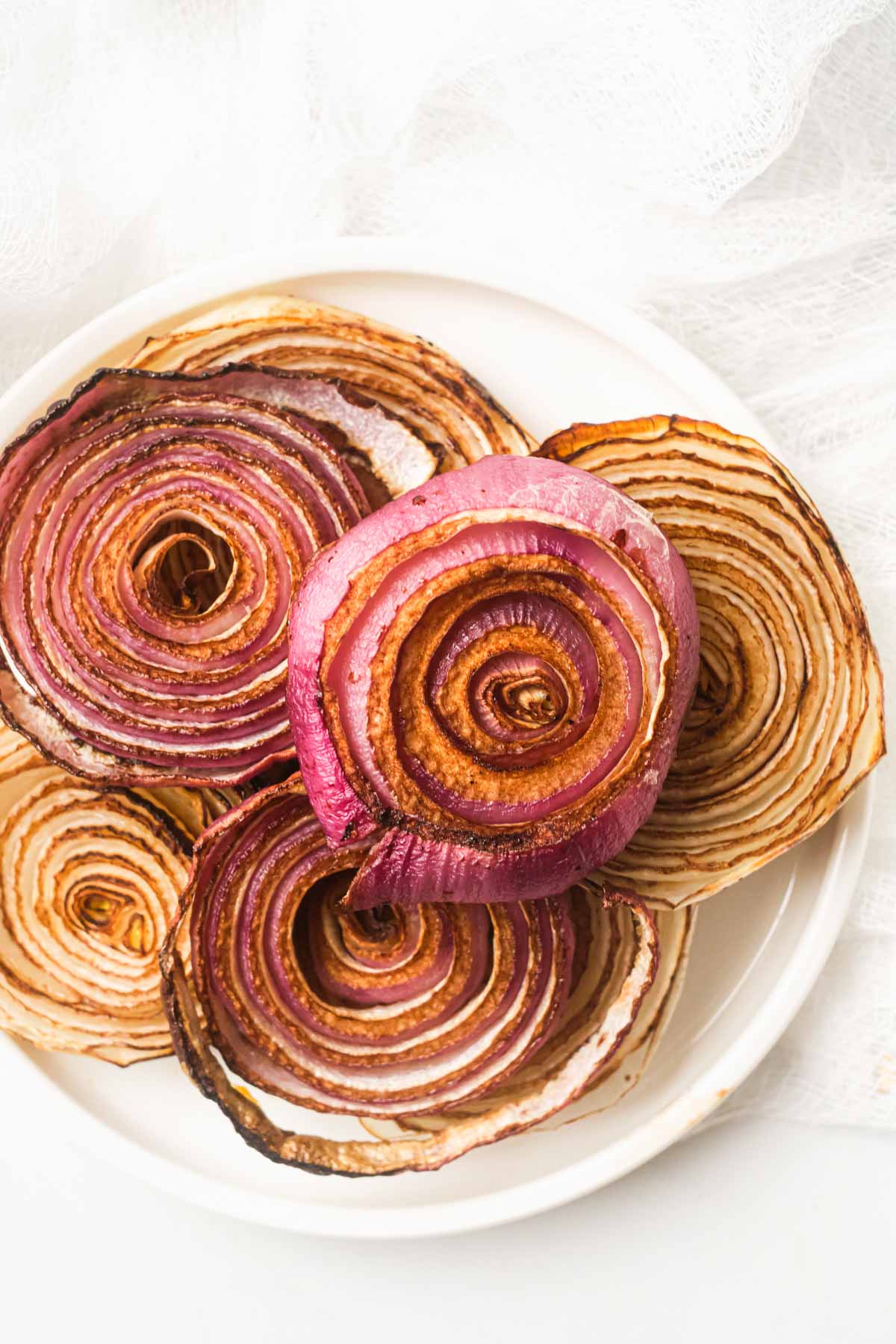
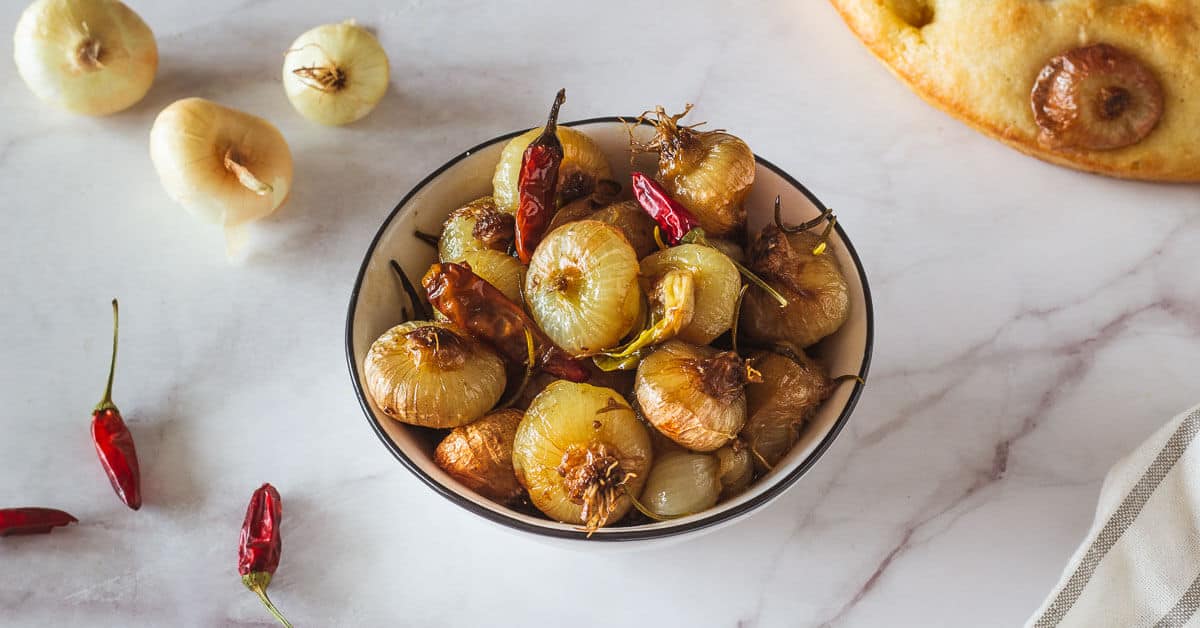
RAVING NEW FAN? Subscribe to our newsletter for more low carb keto recipes. Join our keto community on Facebook, Instagram or see all the new stuff on Pinterest.
